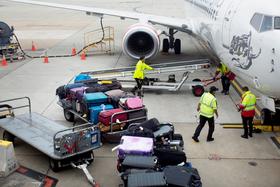For the 2025 school year, there are 2 community colleges serving 9,971 students in 10001, NY.
Minority enrollment is 64% of the student body (majority Hispanic and Asian).
The student:teacher ratio of 9:1 is less than the state average of 13:1.
Community Colleges in 10001, NY (2025)
College
Location
Students
226 West 26th Street
New York, NY 10001
(212) 924-5900
New York, NY 10001
(212) 924-5900
| 900 students
Community Colleges in 10001 New York, New York (Closed)
School
Location
Students
Technical Career Institutes (Closed 2024)
Private, for profit
320 W 31st St
New York, NY 10001
(212) 594-4000
New York, NY 10001
(212) 594-4000
| 2,762 students
Frequently Asked Questions
How many community colleges are located in 10001 New York?
There are 2 community colleges serving 9,971 students in 10001 New York.
How diverse are community college in 10001 New York?
Community colleges in 10001 New York have approximately 64% minority enrollment, with the majority being Hispanic and Asian.
Recent Articles

Unlocking Airport Career Opportunities: Your Guide to Ground Jobs
Discover the diverse range of ground jobs at mid-size U.S. airports, their educational requirements, and how community colleges can prepare you for these exciting careers.

The Real Dollar Value of an Associate Degree
How much is an associate's degree really worth? We calculate and research the ROI of an associate degree specifically, and the results are interesting.

Hands Across California: Community College Students Band Together to Save the System
Facing a monumental budget crisis, California's community college students took matters into their own hands, holding rallies and conferences for Hands Across California.
